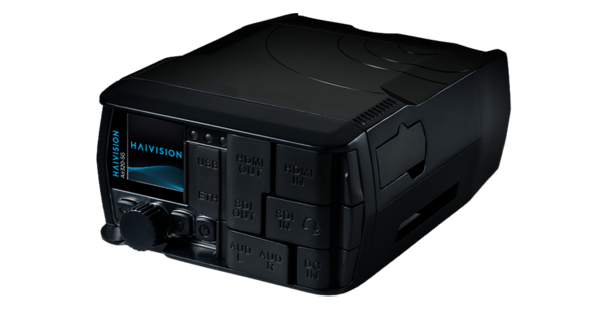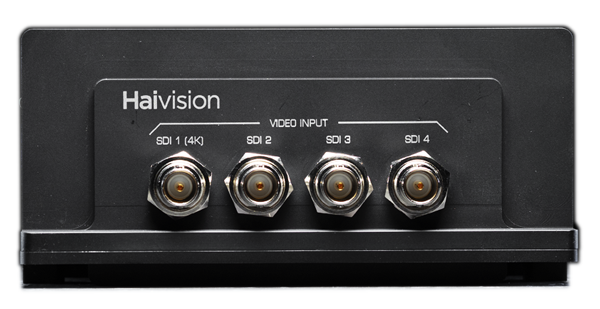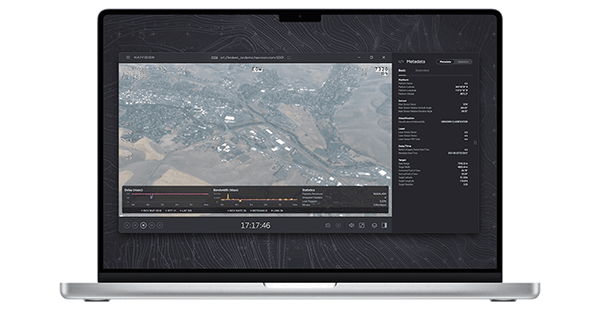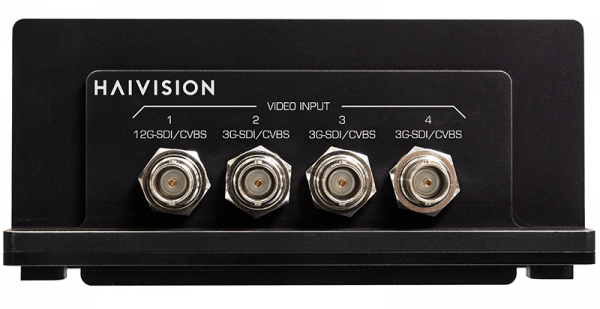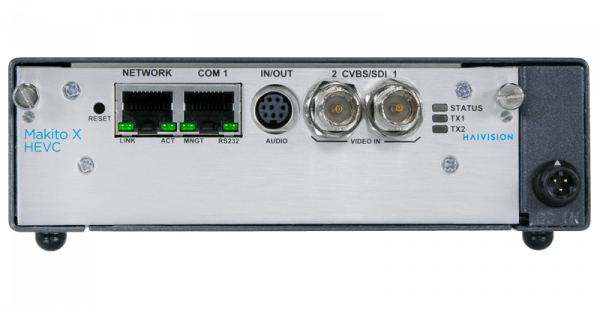Lightweight Directory Access Protocol (LDAP)

LDAP (or ‘Lightweight Directory Access Protocol’) is a software protocol that allows users to locate organizations, individuals, and other resources — such as files and devices — on a network. Through LDAP, moreover, these files can be accessed via either the public Internet or an internal (e.g. corporate) intranet.
Simply put, ‘lighter’ means that LDAP requires less code than DAP.
LDAP originated at the University of Michigan, and is considered a “lightweight” version of DAP mainly because it did not initially include any security features. DAP (which is part of X.500) is also a standard for accessing and maintaining distributed directory information services over an Internet Protocol (IP) network.
Directory services, like those accessed and distributed using the LDAP, are considered essential to the development of intranet and Internet applications. These services allow users to securely and efficiently share information about users, systems, networks, services, and applications.
Corporate email directories and telephone directories are practical examples of directory services commonly accessed and maintained using the Lightweight Directory Access Protocol. LDAP is also frequently utilized to guarantee safe, centralized storage of usernames and passwords, which allows many different applications and services to more quickly validate user identities by connecting to the LDAP server.
Latest Blog Articles






